Visit Hiroshima . Hiroshima is one of the most historically significant cities in the world, known primarily for the tragic events of August 6, 1945, when it became the first city in history to suffer an atomic bombing. The devastation caused by the atomic bomb was catastrophic, leaving a lasting impact on the city and its inhabitants. However, in the decades since the bombing, Hiroshima has transformed itself into a vibrant, modern city, symbolizing peace and resilience.
Despite its tragic past, Hiroshima has become a major tourist destination, attracting visitors from all over the world who come to learn about its history, pay their respects, and witness the city’s remarkable recovery. But for many travelers, a common question arises: Is it safe to visit Hiroshima? This article will cover everything you need to know about the safety of visiting Hiroshima, from radiation concerns and historical context to travel advice, ensuring a comprehensive and fact-based understanding.
A Brief History of Hiroshima and the Atomic Bombing

Before diving into the safety aspects of visit Hiroshima, it’s essential to understand the historical context. On the morning of August 6, 1945, during World War II, the United States dropped an atomic bomb, codenamed “Little Boy,” on Hiroshima. The bomb exploded approximately 600 meters above the city, releasing an unprecedented amount of energy and causing immediate and widespread destruction. The estimated death toll from the bombing, including those who died in the following months due to radiation exposure, is believed to be around 140,000.
Read more: Best 7 Budget Hotels in Tokyo, Japan
The bomb’s explosion flattened the city, obliterating buildings, homes, and infrastructure. Survivors suffered from severe injuries, radiation sickness, and psychological trauma. Hiroshima became synonymous with the horrors of nuclear warfare and the suffering it causes.
In the aftermath of the bombing, Hiroshima faced the monumental task of rebuilding. The city slowly recovered, and in 1949, the Japanese government declared Hiroshima a City of Peace, dedicating its future to the promotion of peace and nuclear disarmament. Today, Hiroshima is a modern, bustling city with a population of over 1.1 million people, and its Peace Memorial Park serves as a reminder of the importance of peace.
Is There Still Radiation in Hiroshima?
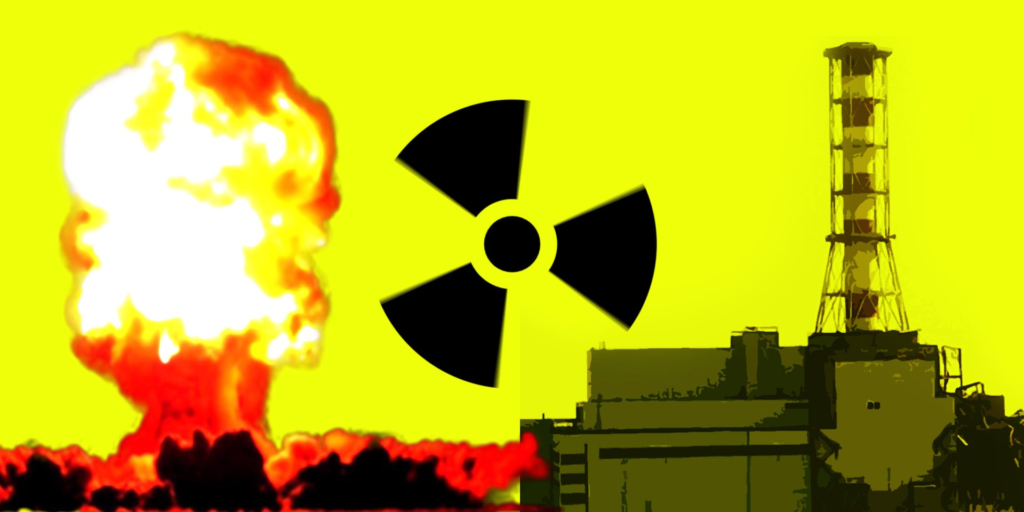
One of the most common concerns about visiting Hiroshima is the potential for lingering radiation from the atomic bomb. This is an understandable worry, given the nature of the event. However, it’s important to note that Hiroshima is completely safe from a radiation standpoint.
The radiation released by the atomic bomb had both immediate and long-term effects. In the immediate aftermath, radiation levels were extremely high, contributing to many deaths in the weeks and months following the bombing. However, the type of radiation produced by the bomb, primarily gamma rays and neutrons, did not leave a lasting radioactive residue in the environment.
Most of the radiation dissipated within days to weeks after the explosion, and by the time the city began reconstruction efforts, radiation levels had returned to normal. According to scientific studies, radiation levels in Hiroshima today are no higher than in any other city in Japan or around the world. Visitors can explore the city, its historical sites, and monuments without any risk of radiation exposure.
Read also: 10 Things to Do in Tokyo, Japan
In fact, Hiroshima is no different from any other urban area in terms of safety, and travelers can visit without concerns about radiation.
Exploring the Hiroshima Peace Memorial Park
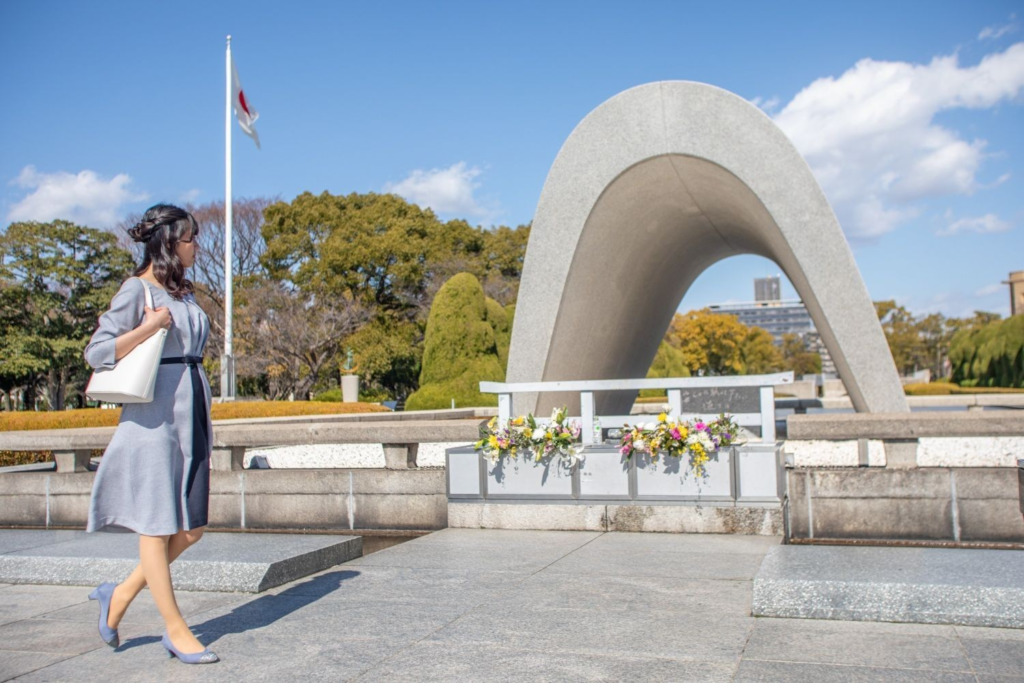
One of the main reasons people visit Hiroshima is to pay tribute to the victims of the atomic bombing and reflect on the importance of peace. The Hiroshima Peace Memorial Park, located at the epicenter of the blast, is a powerful and moving destination for anyone interested in history and the impact of nuclear warfare.
The park is home to several significant monuments, including the A-Bomb Dome, a UNESCO World Heritage site and one of the few structures left standing near the bomb’s hypocenter. The skeletal remains of the building serve as a haunting reminder of the devastation caused by the atomic bomb. Despite its damaged state, the dome has been preserved to honor the memory of those who perished and as a symbol of hope for a world free from nuclear weapons.
Another key feature of the Peace Memorial Park is the Hiroshima Peace Memorial Museum, which provides a comprehensive account of the bombing, its aftermath, and the personal stories of survivors, known as hibakusha. The museum offers detailed exhibits that document the impact of the bomb on Hiroshima and its people, including photographs, artifacts, and testimonies from survivors.
Visitors can also pay their respects at the Cenotaph for the A-Bomb Victims, a concrete arch that holds the names of all those who died as a result of the bombing. The inscription on the cenotaph reads, “Let all the souls here rest in peace, for we shall not repeat the evil,” emphasizing Hiroshima’s commitment to peace and nuclear disarmament.
Another article: Top 10 Foods Must-Try in Japan
The Children’s Peace Monument, inspired by the story of Sadako Sasaki, a young girl who died of leukemia caused by radiation exposure, is another poignant part of the park. The monument is surrounded by thousands of colorful paper cranes, a symbol of hope and peace.
For travelers, visiting Hiroshima Peace Memorial Park is not only safe but also a profoundly meaningful experience. The park offers a peaceful and reflective environment where visitors can learn about the past, honor the victims, and contemplate the importance of a peaceful future.
Hiroshima Today: A Modern and Safe City
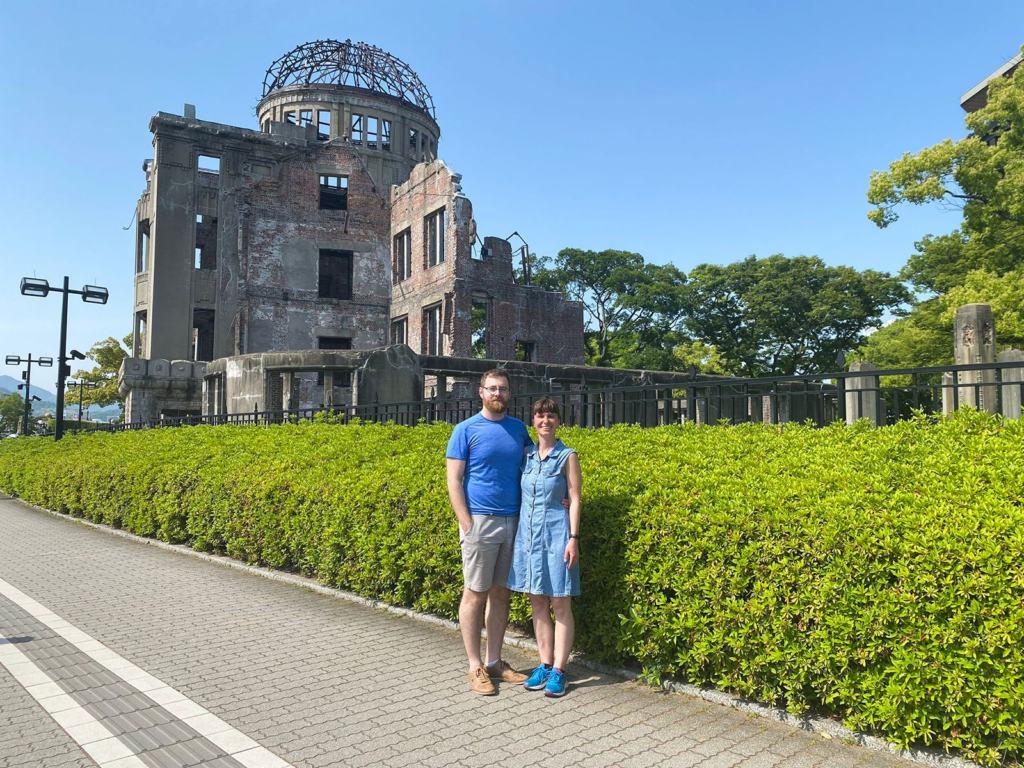
While Hiroshima is known for its tragic history, it is also a thriving, modern city with much to offer beyond its historical significance. Since its reconstruction, Hiroshima has grown into a bustling metropolis with modern infrastructure, excellent public transportation, and a vibrant cultural scene. The city is known for its friendly locals, delicious food, and beautiful natural surroundings, making it an appealing destination for tourists.
One of the most famous local dishes is okonomiyaki, a savory pancake made with cabbage, noodles, and various toppings, including pork, seafood, and cheese. Hiroshima-style okonomiyaki is cooked with layers of ingredients rather than being mixed, making it distinct from the version found in Osaka. Visitors can enjoy this dish at numerous restaurants throughout the city, including the lively Okonomimura, a multi-floor building filled with okonomiyaki stalls.
For nature lovers, Hiroshima offers stunning landscapes, including Shukkeien Garden, a traditional Japanese garden with beautiful ponds, bridges, and walking paths. The garden, which dates back to 1620, provides a peaceful escape from the city’s hustle and bustle and is a lovely spot to enjoy the changing seasons.
Just a short ferry ride from Hiroshima is Miyajima Island, home to the famous Itsukushima Shrine and its iconic “floating” torii gate. This UNESCO World Heritage site is one of Japan’s most picturesque locations, especially during sunset when the torii gate appears to float on the water. The island is also known for its friendly deer, scenic hiking trails, and beautiful autumn foliage.
Safety and Travel Tips for Visiting Hiroshima
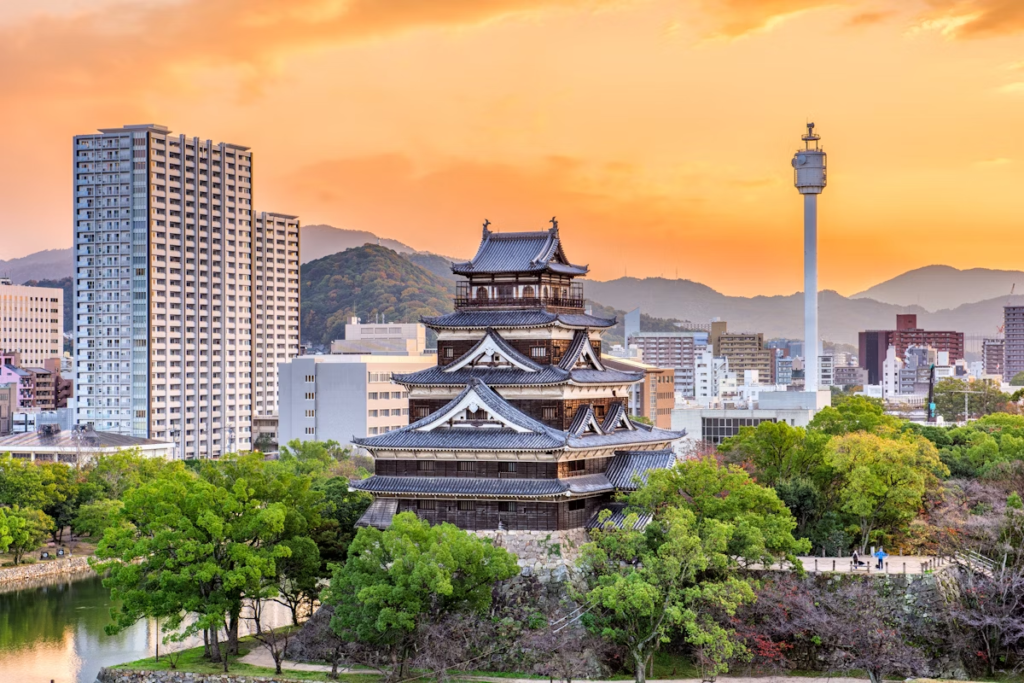
Now that we’ve established that Hiroshima is safe from radiation and a modern, welcoming city, let’s discuss some practical safety tips for travelers.
- General Safety: Hiroshima, like most cities in Japan, is incredibly safe. Japan consistently ranks as one of the safest countries in the world, with low crime rates and a reputation for being tourist-friendly. Visitors to Hiroshima can feel secure walking around the city, even at night. Pickpocketing and other petty crimes are rare, and violent crime is almost nonexistent.
- Transportation: Hiroshima has an excellent public transportation system, making it easy for visitors to get around. The city’s tram system, known as the Hiroden, is an affordable and convenient way to explore the city. Hiroshima also has a well-connected train network, and the Shinkansen (bullet train) provides fast and efficient travel to and from other major cities in Japan.
- Language: While Japanese is the primary language spoken in Hiroshima, many signs and information at major tourist attractions are available in English. Additionally, Hiroshima’s friendly residents are often eager to help tourists, even if there’s a language barrier.
- Health and Safety: Japan has a high standard of healthcare, and visitors to Hiroshima can rest assured that medical facilities are easily accessible. In case of emergencies, hospitals in the city are well-equipped to handle both minor and major medical issues. It’s always a good idea for travelers to have travel insurance to cover any unexpected medical expenses.
- Weather: Hiroshima has a temperate climate, with hot summers and mild winters. The best times to visit are in the spring (March to May) and autumn (September to November), when the weather is pleasant, and the natural scenery is at its most beautiful. Be sure to pack appropriate clothing for the season, and keep in mind that summers can be humid, while winters are generally cool but not too harsh.
- Respecting Local Customs: When visiting historical sites like the Peace Memorial Park, it’s important to be respectful. These sites hold deep significance for the people of Hiroshima and the world. Visitors are encouraged to maintain a quiet, reflective demeanor while at the park and memorials. Photography is generally allowed, but always check for signs and follow any guidelines provided.
Facts and Statistics: Hiroshima’s Tourism and Recovery
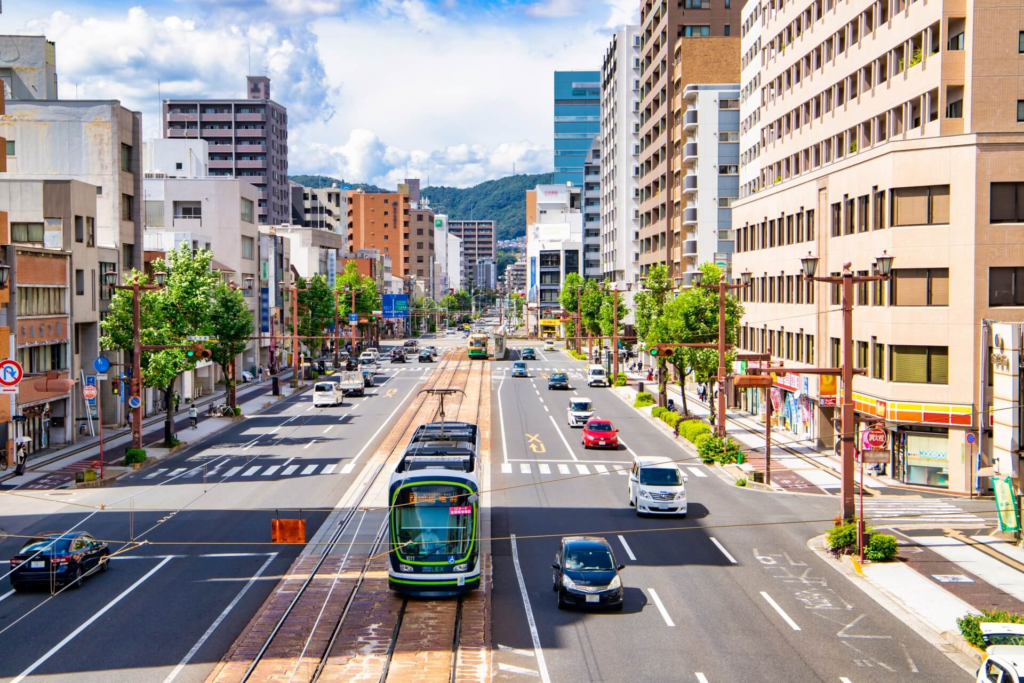
In the years following the atomic bombing, Hiroshima has worked tirelessly to rebuild itself, both physically and emotionally. Today, the city stands as a symbol of peace, resilience, and progress, attracting millions of visitors annually.
- Tourist Statistics: According to the Hiroshima Prefectural Tourism Promotion Association, Hiroshima welcomed over 12 million domestic and international tourists in 2019. While the COVID-19 pandemic has impacted global travel, Hiroshima remains a popular destination for both Japanese and international travelers.
- Economic Recovery: In the decades following the war, Hiroshima transformed itself into a thriving economic hub. The city’s industries, including manufacturing, education, and technology, have played a significant role in its recovery. Hiroshima’s GDP today is comparable to that of many major cities around the world.
- UNESCO World Heritage Sites: Hiroshima is home to two UNESCO World Heritage sites: the Hiroshima Peace Memorial (A-Bomb Dome) and the Itsukushima Shrine on Miyajima Island. These sites are major draws for tourists and serve as powerful reminders of both the city’s tragic past and its cultural significance.
So Is It Safe to Visit Hiroshima?

In conclusion, yes, it is entirely safe to visit Hiroshima. The city has long since recovered from the devastation of the atomic bombing, and modern Hiroshima is a thriving, vibrant city that welcomes tourists from all over the world. There is no risk of radiation exposure, and the city offers a unique blend of history, culture, and natural beauty.
For those interested in history, visiting Hiroshima provides a deeply moving experience that connects visitors with the realities of war and the enduring importance of peace. Beyond its historical significance, Hiroshima is a lively, modern city with delicious cuisine, beautiful landscapes, and welcoming locals.
Hiroshima’s message of peace resonates with all who visit, and its safety, resilience, and progress make it a must-see destination for any traveler looking to explore Japan.
Keep reading: Top 7 Most Visited Museums in Japan









